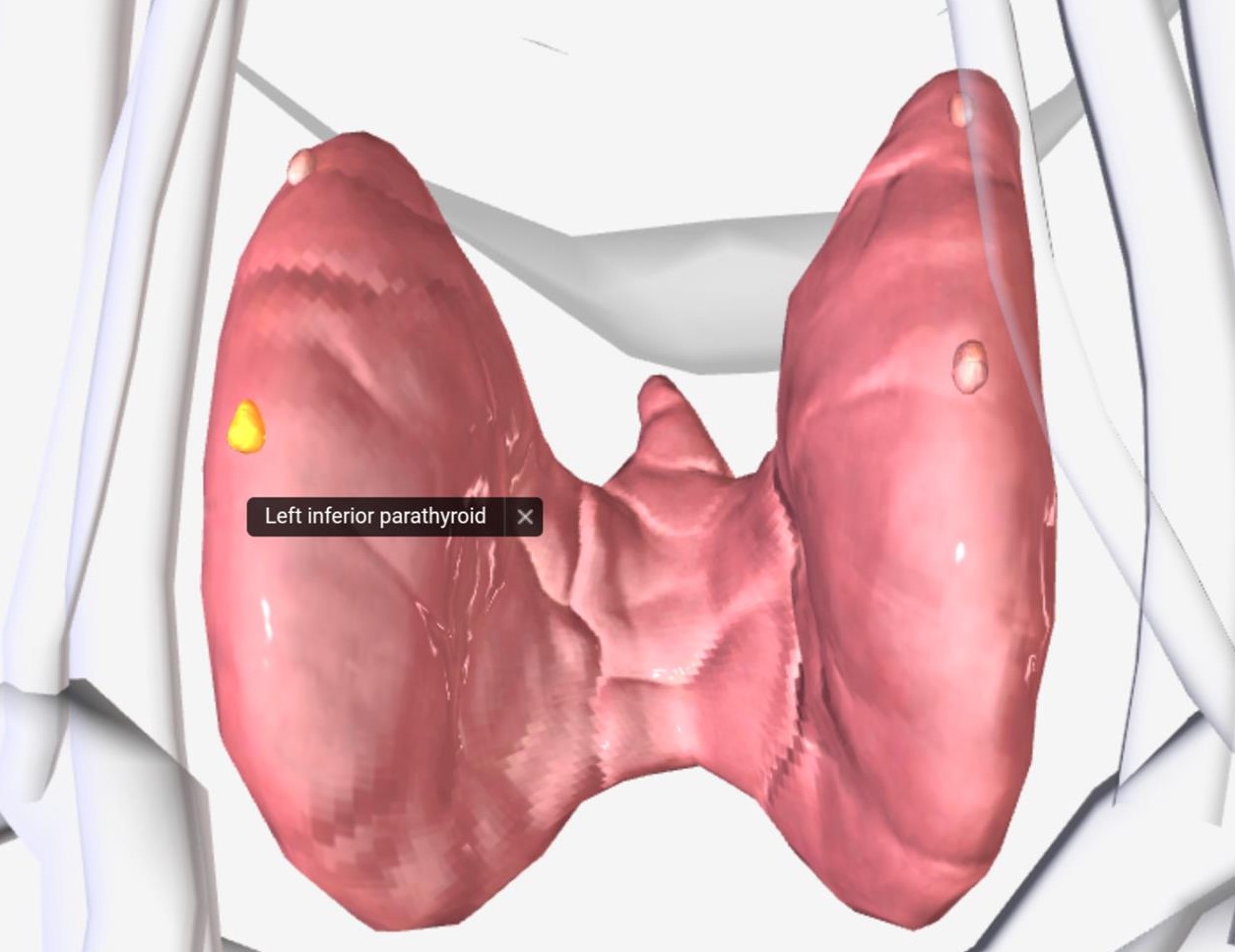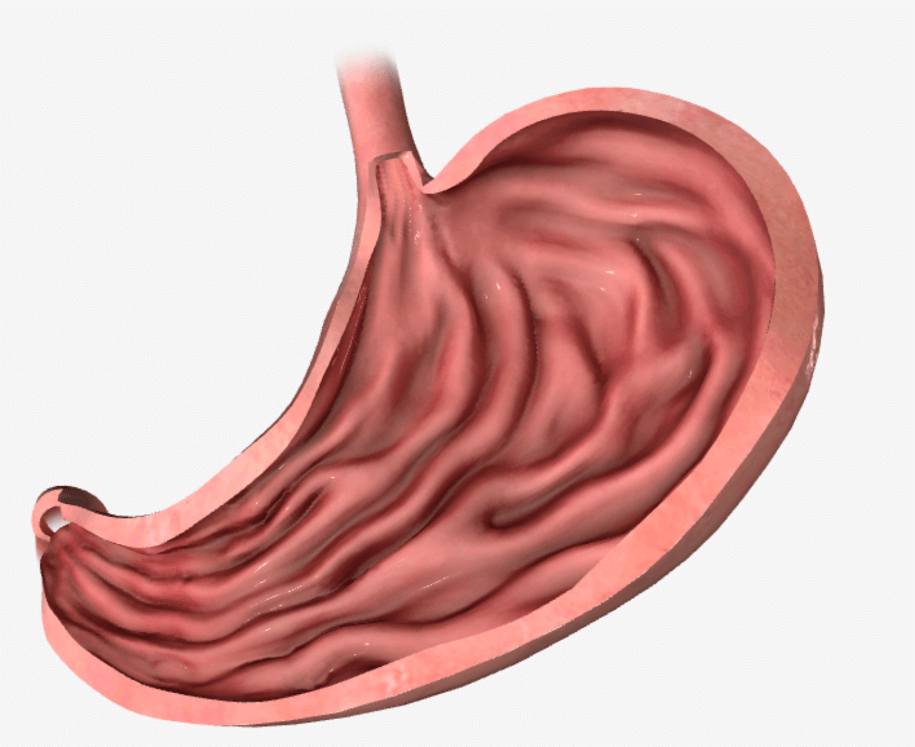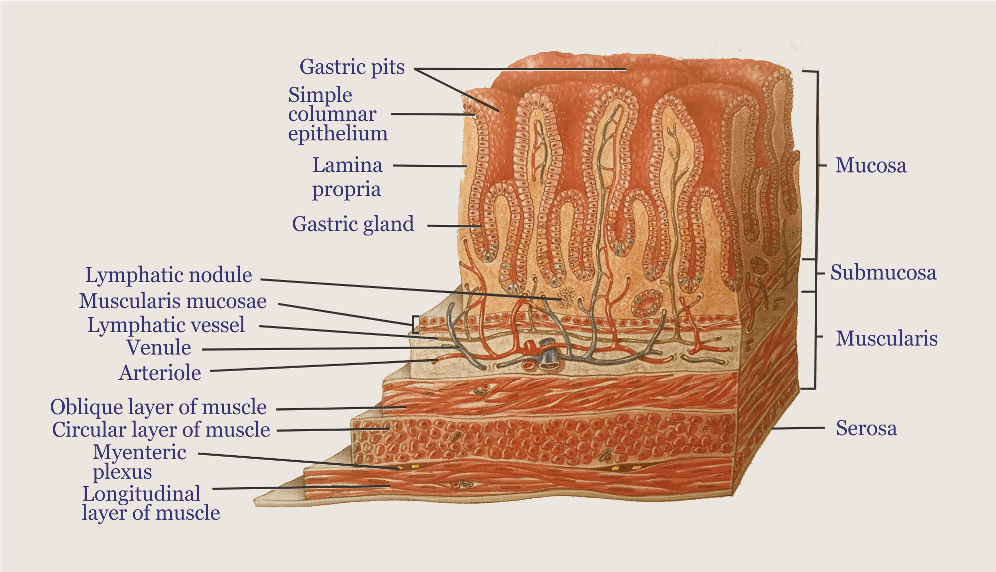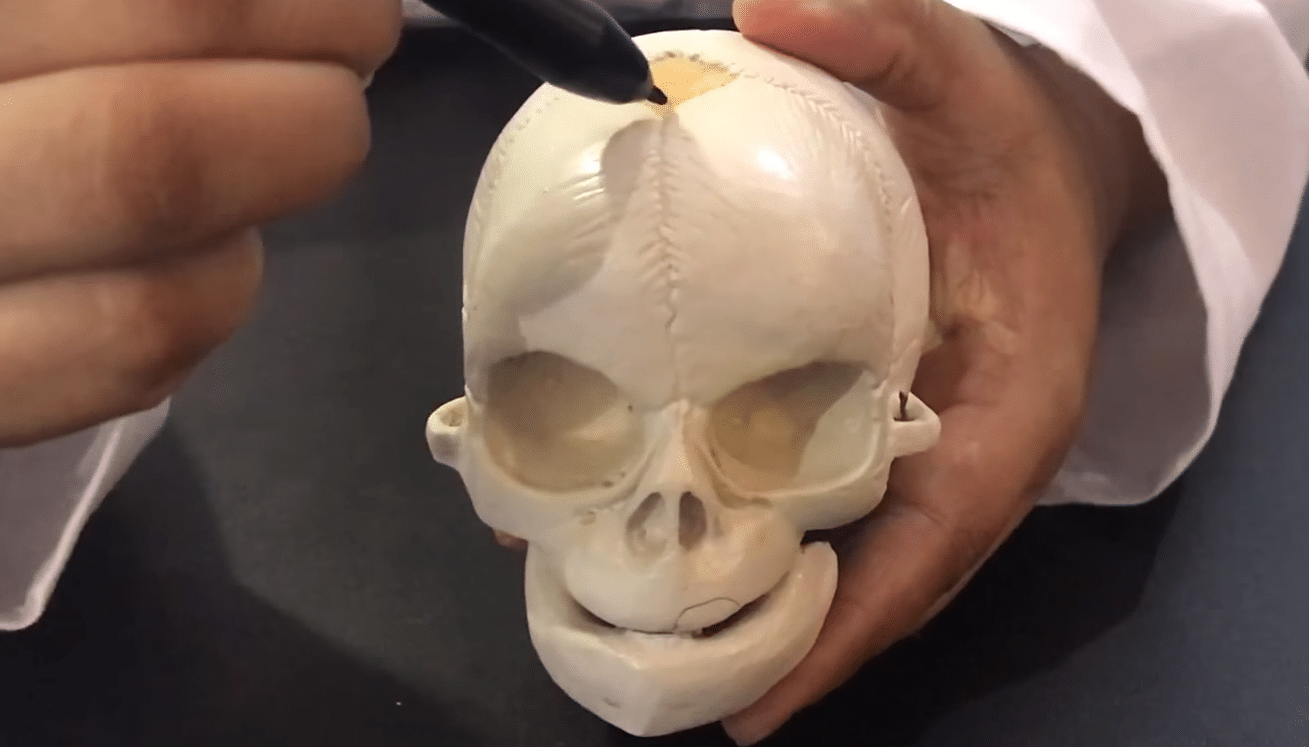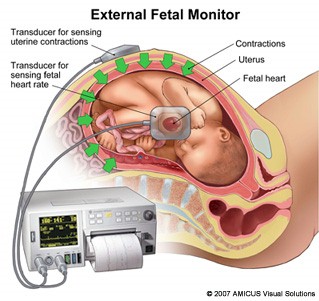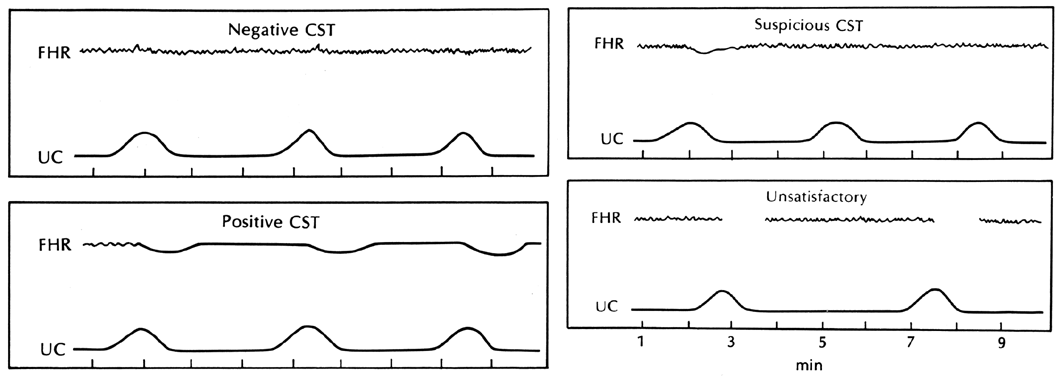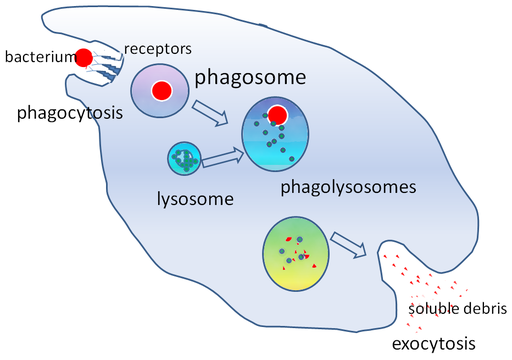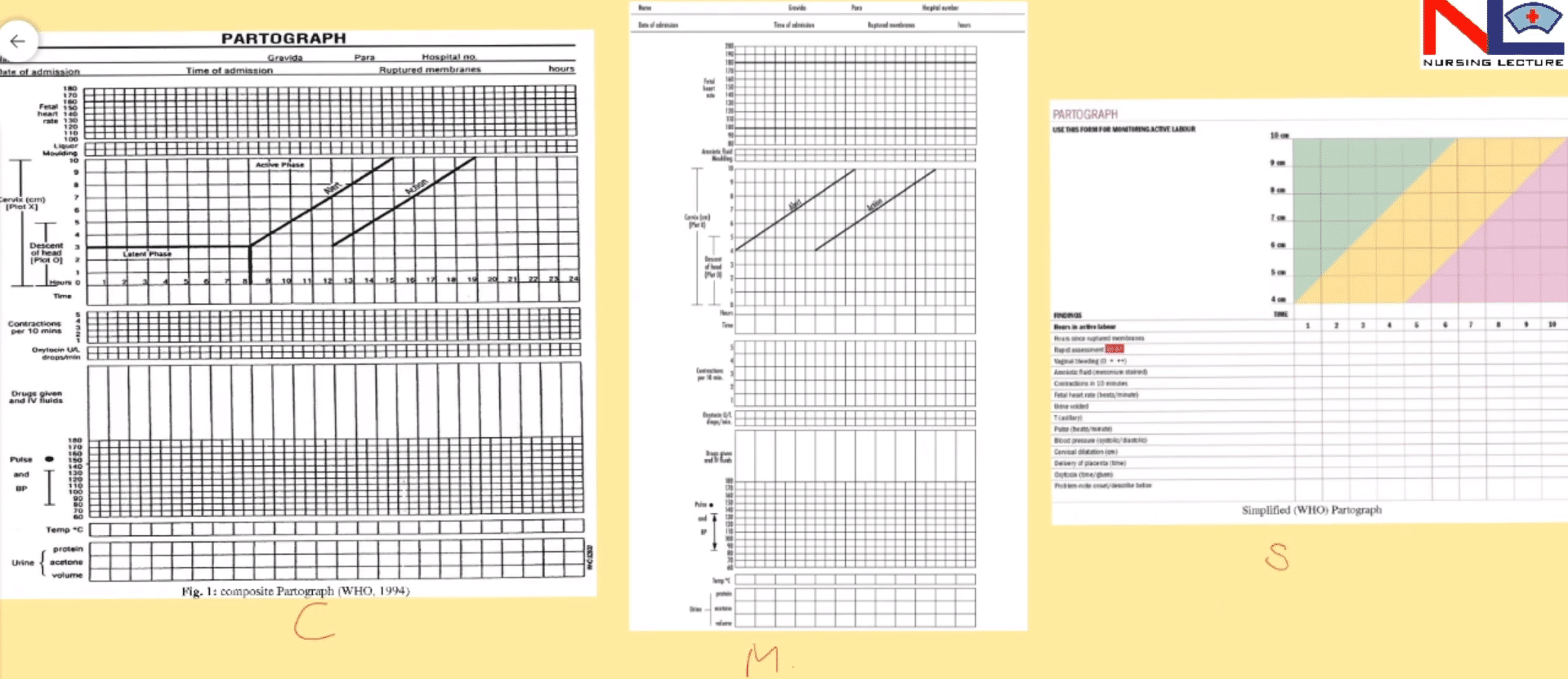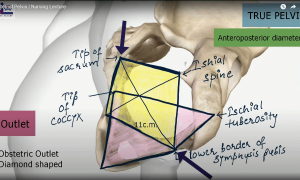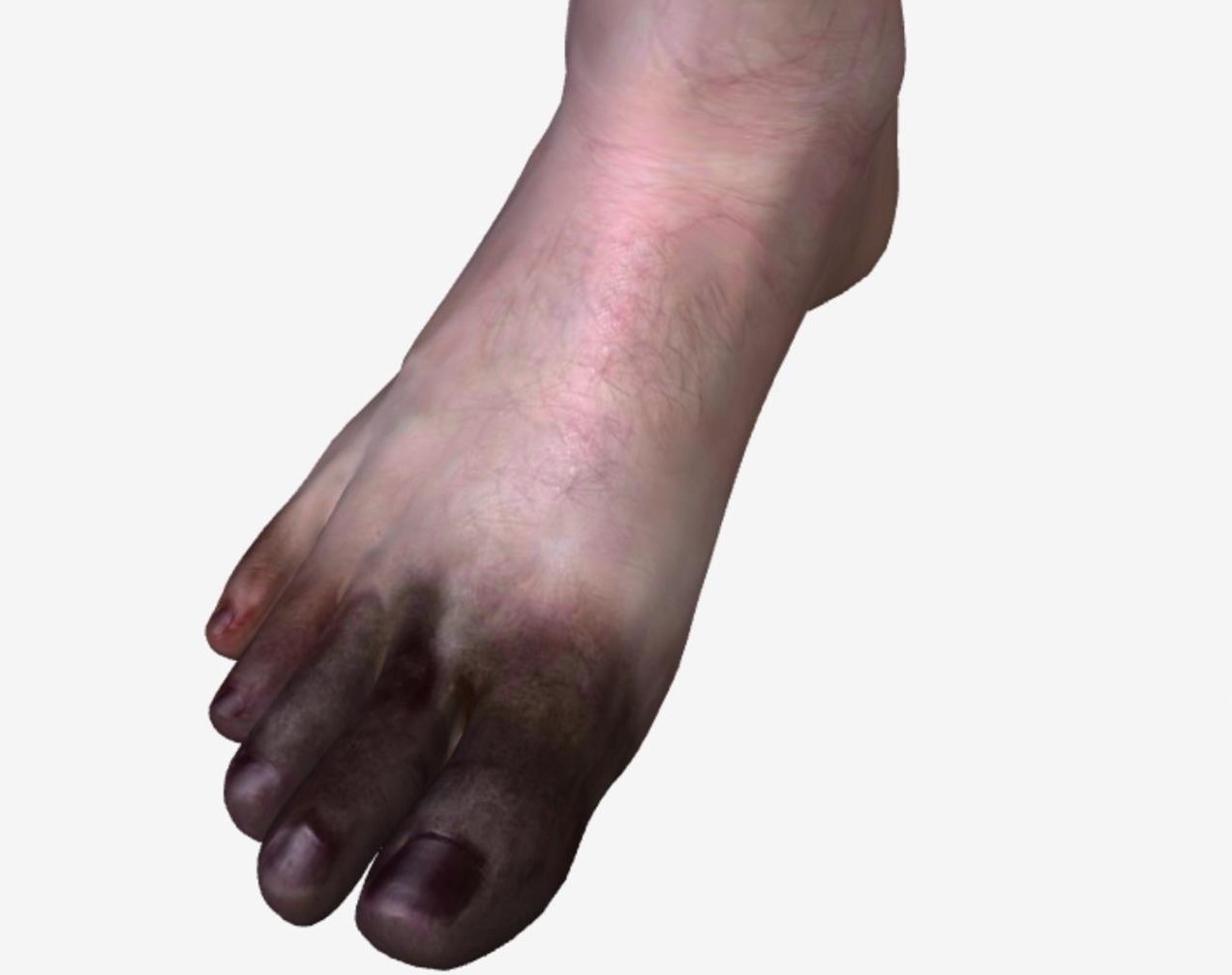This gland is located in the posterior surface of the lateral lobes of the thyroid gland, it has 4 round masses of tissue called the parathyroid glands.
One superior and one inferior are attached to each (left and right) lateral thyroid lobe, parathyroid hormone, and calcitonin regulate the amount of calcium in the blood and within the bones the parathyroid glands contain two kinds of epithelial cells i.e- chief cells or principal cells, which produces parathyroid hormone (PTH), or parathormone and oxyphil cell, the function of which is unknown.
Parathyroid glands weigh about 30 mg in men and 35 mg in women. Parathyroid hormone regulates serum calcium through its effects on bone, kidney, and the intestine.
Parathyroid Hormone function-
- This hormone helps in bone remodeling, in which bone tissue is resorbed and rebuilt.
- Parathyroid hormone regulates the levels of calcium (Ca2+), magnesium (Mg2+), and phosphate (HPO42-) ions in the blood.
- PTH is increases activity of osteoclasts as a result bone resorption increases, which releases mineral (ex.-calcium) into the blood.
- PTH also acts on the kidneys it slows the rate of loss of minerals from the blood into the urine and reduces the reabsorption of phosphate from the proximal tubule of the kidney, i.e. more phosphate is excreted through the urine.
- PTH helps kidneys to promote the formation of calcitriol, an active form of vitamin D in the kidney. Calcitriol increases the rate of Calcium, magnesium and phosphate absorption from the gastrointestinal tract into the blood.
Control of Secretion-
The blood calcium level controls the secretion of both calcitonin and parathyroid hormone through negative feedback
⇓
A higher level of calcium ions in the blood stimulates parafollicular cells of the thyroid gland to release more calcitonin
⇓
Calcitonin inhibits the activity of osteoclasts, thereby decreasing the blood Calcium level
⇓
A lower level of Calcium in the blood stimulates chief cells of the parathyroid gland to release more PTH
⇓
PTH promotes resorption of the bone extracellular matrix, which releases calcium into the blood and slows the loss of minerals in the urine & increases the level of Calcium in the blood
⇓
PTH stimulates the kidneys to synthesize calcitriol, which in turn increases the absorption of Calcium from foods in the gastrointestinal tract, so increases the blood calcium level.

